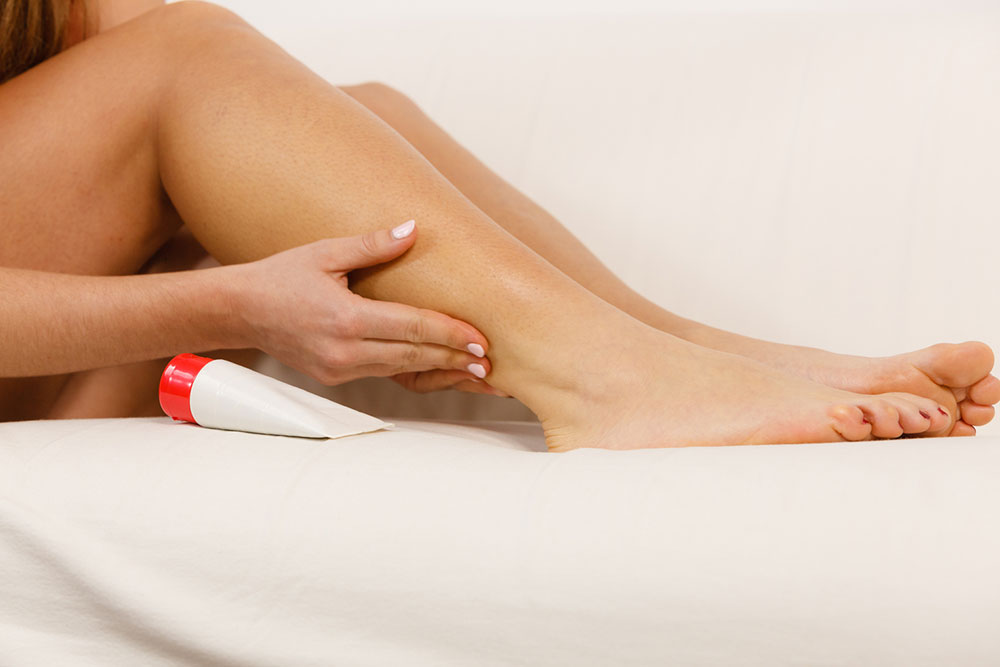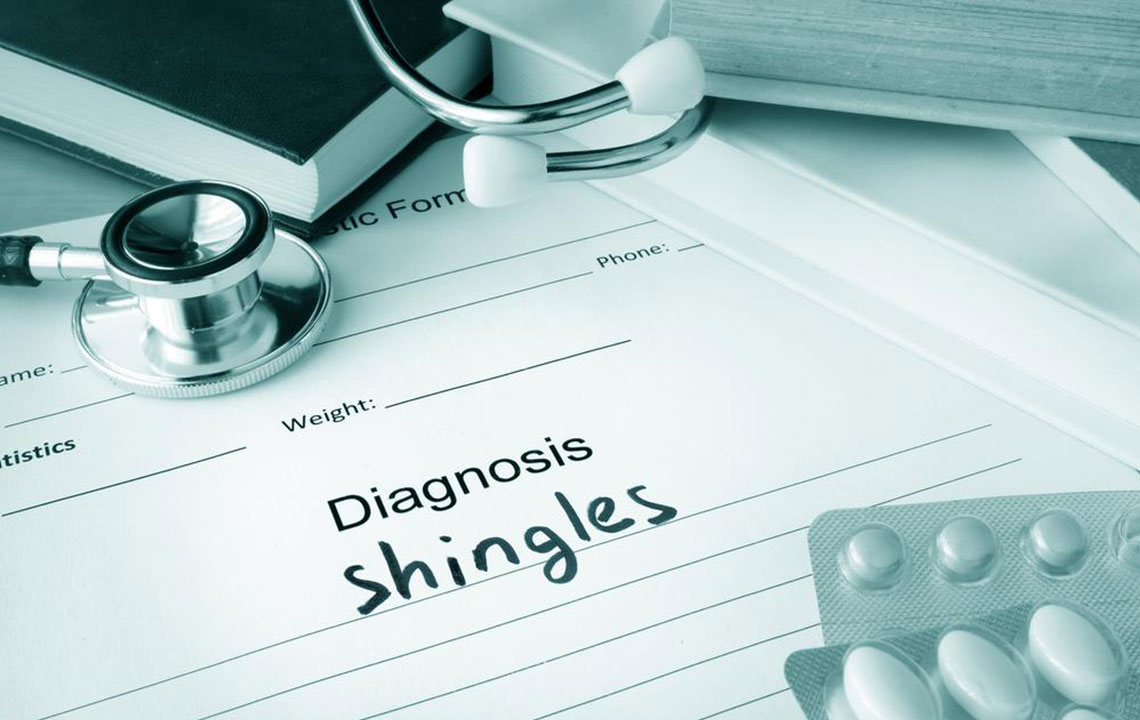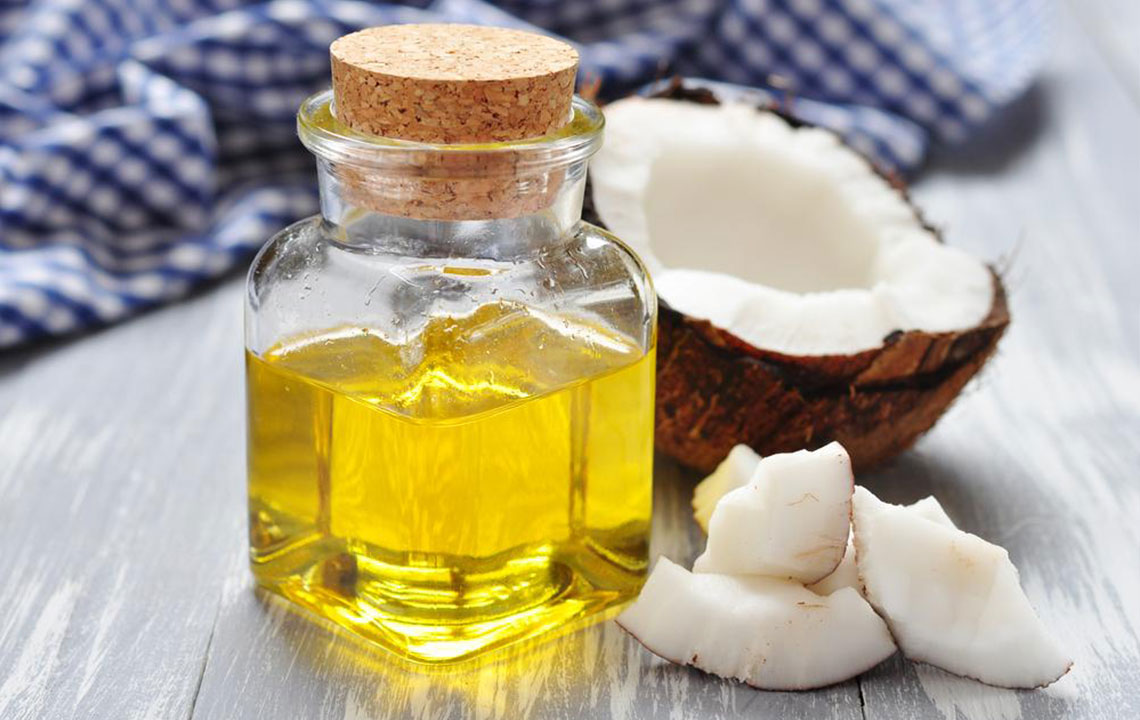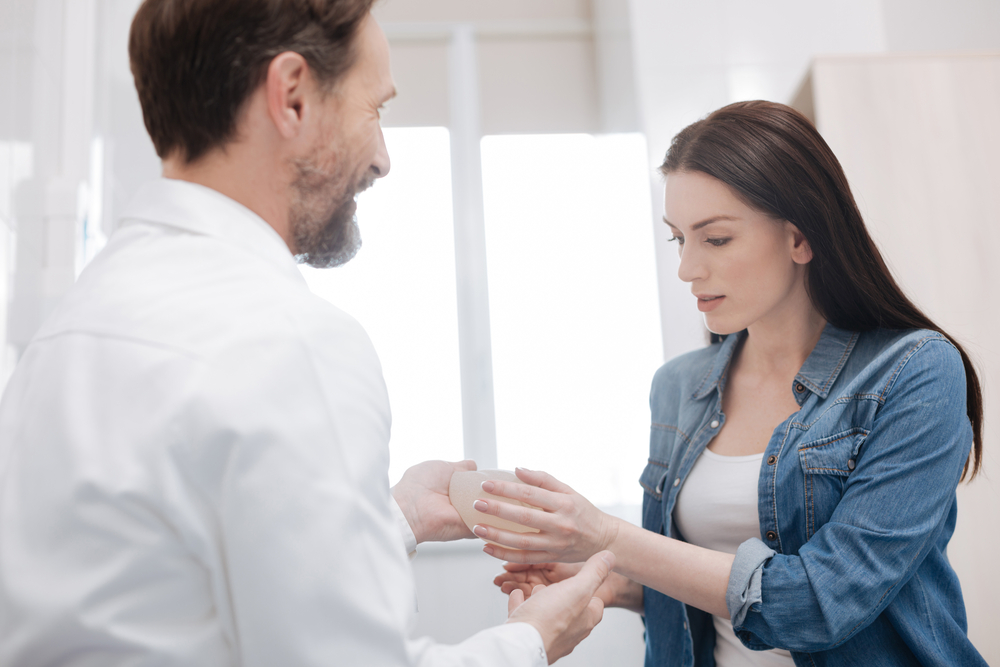Comprehensive Guide to Managing Shingles Rash and Itching Relief
This comprehensive guide explores effective strategies for managing shingles rash and itching. It covers natural remedies like oatmeal baths, cold compresses, and clothing choices, as well as maintaining hygiene and mental well-being. Adopting these methods can significantly reduce discomfort, promote faster recovery, and improve overall quality of life for those suffering from shingles. Emphasizing the importance of medical consultation, this article offers practical advice to help patients manage symptoms effectively and support their immune system during the healing process.

Effective Strategies to Alleviate Shingles Rash and Itching
Herpes zoster, popularly known as shingles, is a painful skin condition that can significantly impact a person's quality of life. It manifests with a distinctive rash accompanied by burning, itching, and stabbing pain. This disease arises from the reactivation of the varicella-zoster virus, the same pathogen responsible for chickenpox. Despite its common occurrence, many people are unaware of how to effectively manage the symptoms and reduce discomfort. Understanding the underlying causes, typical progression, and practical relief methods can make a substantial difference in patient comfort and recovery. This detailed guide covers effective strategies to alleviate shingles rash and itching, promoting faster relief and better health outcomes.
Shingles typically lasts from two to four weeks, during which affected individuals experience various symptoms, including painful rashes that may itch, burn, and cause significant discomfort. These symptoms can interfere with daily routines and diminish overall well-being. While there is currently no complete cure for shingles, several management techniques can significantly ease the symptoms, reduce discomfort, and facilitate a smoother recovery process. The key lies in adopting effective symptom relief strategies along with proper medical consultation.
Managing shingles rash and itching effectively The primary goal in shingles management is to alleviate skin irritation and lessen pain. This can prevent secondary issues such as skin infections and help maintain daily activity levels. Below are some proven methods to manage shingles symptoms effectively:
1. Soothing Oatmeal Baths Oatmeal baths have been used for centuries to soothe irritated skin. Colloidal oatmeal, which consists of finely ground oats, possesses antioxidant, anti-inflammatory, and moisturizing properties. Preparing an oatmeal bath involves filling your bathtub with cool or lukewarm water and adding colloidal oatmeal until it disperses evenly. Soaking for 15-20 minutes can reduce itching, calm inflammation, and provide comforting relief from burning sensations. This natural remedy is especially beneficial during the blister phase of shingles, when itching and irritation are most intense. For optimal results, ensure the water is not too hot, as excessive heat can aggravate inflammation.
2. Cold Compresses for Immediate Relief Applying cold compresses is an immediate and effective way to soothe burning pain and reduce swelling. Use a clean, damp cloth soaked in cold water or an ice pack wrapped in a cloth, placing it gently on the affected area for about 15-20 minutes at a time. Repeat several times throughout the day as needed. Cold therapy constricts blood vessels, helping to decrease inflammation and numb nerve endings, thereby easing burning and stabbing pain. Be cautious not to apply ice directly to the skin to avoid frostbite or tissue damage. Always remove the compress after 20 minutes, especially if blistering is present, to prevent skin damage and infection.
3. Wear Loose, Breathable Clothing Tight clothing or fabrics that do not allow air flow can worsen skin irritation and trap moisture, promoting bacterial growth. Opt for loose-fitting clothes made of natural fibers such as cotton or linen, which allow the skin to breathe and stay dry. When covering the rash, choose soft, non-adhesive bandages or clothing that won't stick to blisters or cause additional trauma. Proper ventilation minimizes skin irritation and accelerates healing, reducing the duration and severity of discomfort.
4. Maintain Good Personal Hygiene Proper hygiene is crucial to prevent secondary bacterial infections, especially when blisters burst or ooze. Gently wash the affected area with mild soap and lukewarm water, then pat dry carefully. Avoid scrubbing or using harsh chemicals that can irritate sensitive skin. Keeping the skin clean reduces the risk of infection and promotes faster healing. It's advisable to wash hands regularly and avoid touching or scratching the rash to prevent bacterial contamination.
5. Manage Stress and Support Mental Well-being The discomfort from shingles, combined with visible skin lesions, can lead to emotional distress. Stress can, in turn, weaken the immune response, prolong recovery, and exacerbate symptoms. Incorporating relaxation techniques such as deep breathing exercises, meditation, or yoga can help manage stress levels. Engaging with support groups or talking to mental health professionals can provide emotional comfort during this period. Maintaining a positive outlook and staying resilient are essential parts of the recovery process.
6. Adopt a Nutritious Lifestyle to Boost Immunity Supporting your immune system through proper nutrition and lifestyle habits can improve your body’s ability to fight off the virus and reduce symptom severity. Focus on consuming a balanced diet rich in fruits, vegetables, lean proteins, and whole grains. Foods high in vitamins C and E, zinc, and antioxidants are particularly beneficial. Ensure adequate sleep and incorporate gentle physical activity like walking or stretching into your daily routine, as these help boost overall health and immunity. Avoid smoking, excessive alcohol consumption, and other factors that weaken immune defenses.
It’s important to note that antiviral medications prescribed by healthcare professionals, such as acyclovir or valacyclovir, can significantly reduce the severity and duration of shingles if taken early in the outbreak. Over-the-counter pain relievers and topical creams may also help manage symptoms. Always consult a healthcare provider for personalized treatment plans, especially if pain persists or worsens.
In conclusion, while shingles presents with intense discomfort and skin irritation, adopting a comprehensive management approach can dramatically improve your quality of life. Consistent care, appropriate medication, and natural remedies like oatmeal baths and cold compresses, combined with a healthy lifestyle, can promote faster healing and reduce suffering. Remember to seek professional medical advice for tailored treatment options and to address any complications promptly. Empower yourself with knowledge and practical strategies to navigate shingles effectively and restore well-being.





